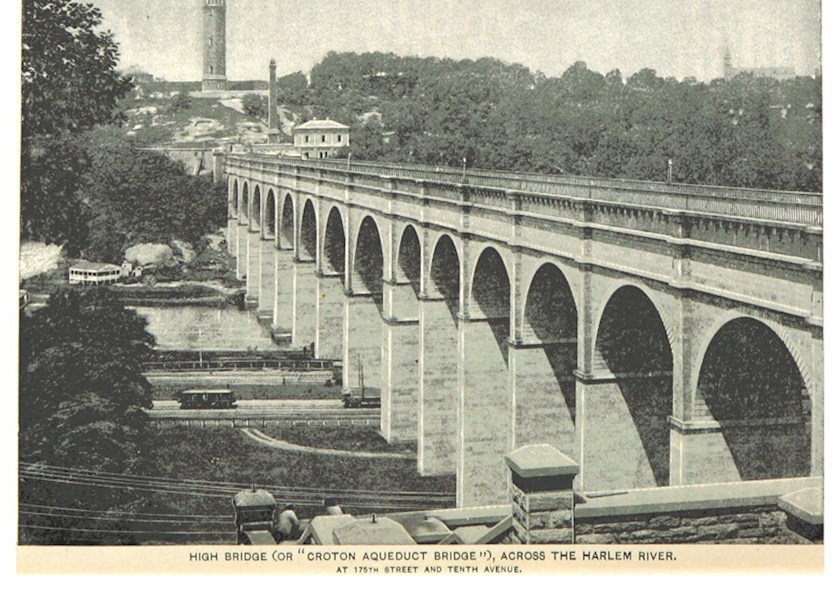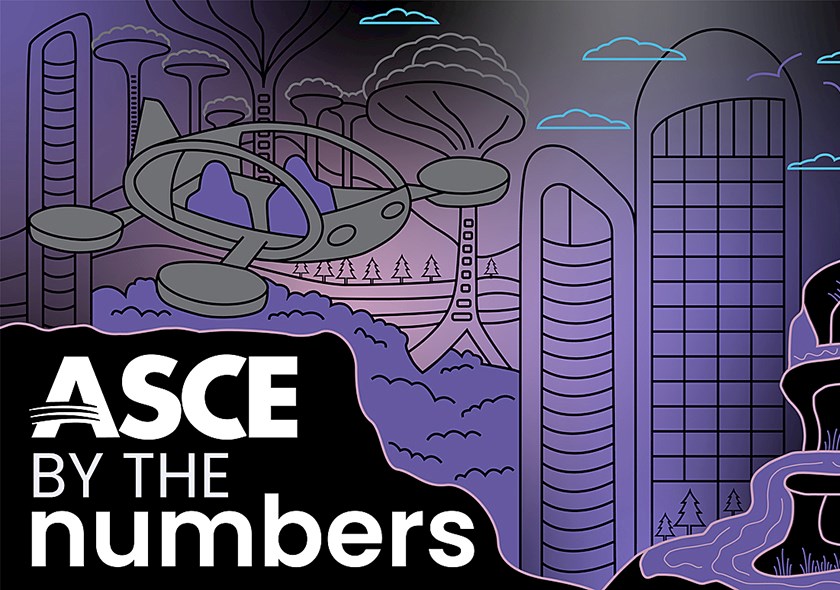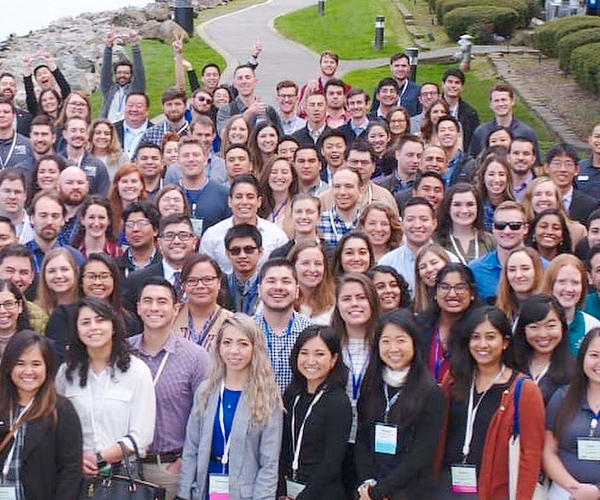
ASCE stands at the forefront of a profession that plans, designs, constructs, and operates society’s economic and social engine – the built environment – while protecting and restoring the natural environment.
Through the expertise of its active membership, ASCE is a leading provider of technical and professional conferences and continuing education, the world’s largest publisher of civil engineering content, and an authoritative source for codes and standards that protect the public.
The Society advances civil engineering technical specialties through nine dynamic institutes and leads with its many professional- and public-focused programs.
Join the team supporting the people and profession that build our world.
Approved by the Board of Direction in October 2022, ASCE’s new strategic plan encompasses significant shifts in the profession and around the world since the previous plan. It also highlights ASCE’s role as a top leader in infrastructure development.
Our vision Engineered and natural systems work in harmony for the benefit of humanity Our missionLead the civil engineering profession to sustainably advance and protect the health, safety and welfare of all.
Commitment to our membersInspire, connect, and serve our global membership to maximize their professional and personal growth and magnify their lifelong professional impact.
The ASCE Strategic Plan (PDF) details each goal and includes strategies.
Advertising
On Nov. 5, 1852, a dozen eminent civil engineers gathered at the Croton Aqueduct in New York City, in the office of Chief Engineer Alfred W. Craven, to establish the American Society of Civil Engineers and Architects. In 1868, a few years after architects had formed a professional society of their own, ASCE adopted its current name. For the first 144 years of its existence, ASCE maintained its headquarters in New York City, relocating six times to progressively larger facilities. In 1996, ASCE moved its global headquarters to Reston, Virginia, just outside Washington, D.C.
The Society and its members abide by a set of governing documents.
First adopted in 1914, the ASCE Code of Ethics is the model for professional conduct for ASCE members.
The Official Register provides ready access to governing documents, statistics, and general information about ASCE for leadership, members, and staff.

The ASCE Annual Report provides a look at the highlights of the Society's efforts for the year.
The Society is led by the Board of Direction which has fiduciary, legal and strategic responsibilities. The board focuses on continuous strategic planning, determines desired outcomes, develops and approves policy imperatives to guide operations, and ensures the Society uses these policies to work toward meeting its vision and fulfilling its mission.
Advertising


ASCE gives you the best professional and technical resources.
© 2024 American Society of Civil Engineers